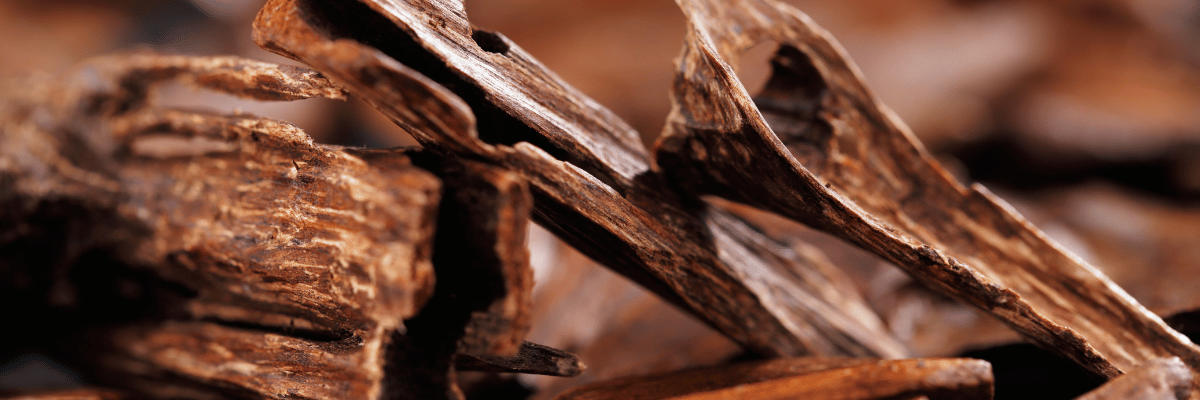Popular Searches
Popular Searches
Login/Signup
My account
My account

Blue tansy (Tanacetum annuum) is a captivating herb known for its vibrant blue flowers and distinctive aroma. Native to the Mediterranean region, this aromatic plant has been valued for centuries for its culinary, medicinal, and ornamental uses.
Blue tansy is a perennial herb that typically grows to a height of 1 to 3 feet. Its leaves are deeply lobed and have a silvery-gray color, while its flowers are small, yellow buttons surrounded by a ring of bright blue petals. The plant’s most striking feature is its strong, camphoraceous scent, which is often described as similar to that of chrysanthemums or feverfew.
You can use the leaves and flowers of blue tansy to add a unique flavor to a variety of dishes. They are often used to flavor liqueurs, teas, and desserts. It can also enhance salads, soups, and stews with a subtle, herbaceous taste.
Blue tansy has a long history of use in traditional medicine. People have believed that it has anti-inflammatory, antiseptic, and digestive properties. The herb has been used to treat various ailments, including headaches, fever, indigestion, and skin conditions.
This is not only a functional plant but also a beautiful one. Its vibrant blue flowers and silvery-gray foliage make it a popular choice for gardens and containers. The plant is relatively low-maintenance and can thrive in a variety of soil conditions.
If you’re interested in growing blue tansy, start seeds indoors 6-8 weeks before the last frost. The plants prefer full sun and well-drained soil. You can propagate them by dividing them in the spring or fall.
While blue tansy is generally safe when consumed in moderation, it’s important to note that it contains compounds that can be toxic in large quantities. Pregnant and breastfeeding women should avoid consuming it.
you can buy all kind of essentail oils from our website

Free Shipping Over 1000 AED Order.
Easy exchange and refund policy available
24/7 customer support - we're here and happy to help!
Cash on delivery available for all orders.
Al Mutalib is a renowned name in the world of oud, offering a captivating collection of premium oud products. Our commitment to providing the finest agarwood, sourced directly from sustainable forests, ensures that every piece we offer meets the highest standards of quality and authenticity.
Sign up for exclusive updates, new arrivals & insider only discounts